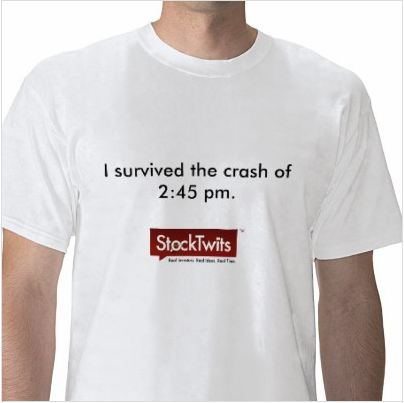ERD50
Give me a museum and I'll fill it. (Picasso) Give me a forum ...
..we need the ability to place trades that will not be routed to less liquid exchanges. If someone could have placed a sell order on PG that could *only* be executed at the NYSE, they wouldn't have sold for less than 56 ...
The solution already exists - place a limit on your sell order. You want 56, enter 56. Done.
I routinely do this on a sale. If I *really* want to sell, and am not trying to squeak out every last penny (and risk missing the sale), I'll set my limit just a bit below the current bid/ask. On liquid stocks, it almost always gets sold at the higher price - I've never seen any evidence that they try to scoop it up at my lower offer. I've routinely seen it blip up as I'm submitting, and it gets sold a fair amount higher than my entered limit. The bid/ask system seems to work, IME.
-ERD50


